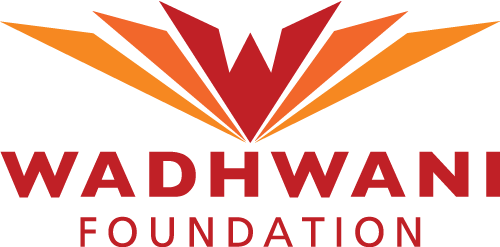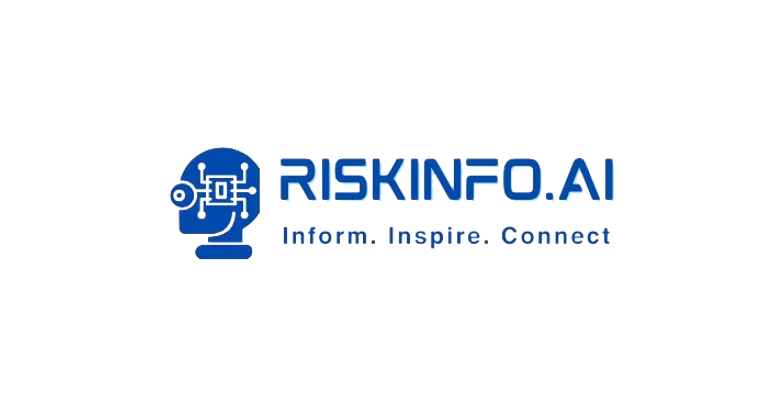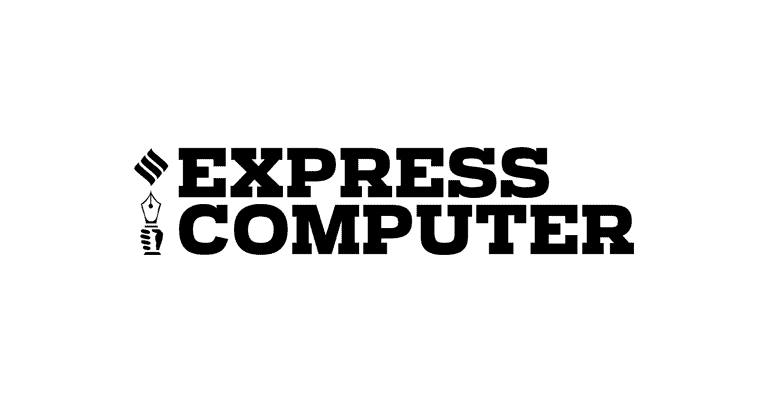En el marco del programa integrado de vigilancia de enfermedades se han notificado 12 enfermedades, como el dengue, la fiebre chikungunya, la encefalitis japonesa, la meningitis meningocócica, la fiebre tifoidea, la difteria, el cólera, la shigelosis, la disentería, la hepatitis vírica A, la hepatitis vírica E, la leptospirosis y el paludismo, que requieren confirmación de laboratorio.
Por Prakash Kumar
La gente tiene opiniones diferentes sobre cómo se ha gestionado COVID. Sin embargo, nos ha enseñado el uso de la tecnología de la nueva era para la recogida de datos de la fuente, su procesamiento y el uso de la información procesada para una acción administrativa casi en tiempo real. Estos conocimientos pueden utilizarse para rastrear y prever brotes de otras enfermedades graves en las que se realizan pruebas de laboratorio para confirmar la enfermedad.
¿Cómo se recogen y procesan los datos para COVID? Los laboratorios acreditados realizan pruebas a las personas con síntomas. Junto con la muestra, los laboratorios también recogen el nombre, la dirección y la identificación única de los pacientes. Los resultados de las pruebas se comunican al Consejo Indio de Investigación Médica (ICMR) al menos una vez al día. Si el paciente da positivo, su dirección se utiliza para identificar la localidad. Los funcionarios sanitarios del gobierno utilizan los datos de contacto para proporcionar ayuda y asesoramiento. Si el número de pacientes positivos supera el umbral, la localidad se declara zona de contención. El número de pacientes positivos también se traza en un mapa SIG para identificar los puntos calientes como un mapa de calor (las zonas con alta concentración se muestran en rojo y las muy bajas o nulas en verde, y otras entre medias). La representación visual en un mapa facilita la comprensión de la zona afectada. Los datos de un periodo, como una semana o un mes, muestran cómo la enfermedad ha viajado o se ha desplazado de un lugar a otro o muestra un crecimiento positivo o negativo en un lugar.
El Programa Integrado de Vigilancia de Enfermedades (IDSP), dependiente del Centro Nacional de Control de Enfermedades (NCDC), se encarga de la vigilancia de enfermedades graves. Recogen datos sobre estas enfermedades y los analizan para detectar brotes e instituir medidas de control eficaces a tiempo. El método utilizado para la recogida y compilación de datos es en parte manual, lo que provoca retrasos. Además, en muchos casos, los datos se recogen semanalmente, lo que en determinadas circunstancias es un periodo largo para tomar medidas correctoras. Según el sitio web de este programa, "Una de las principales razones del escaso éxito de la vigilancia de enfermedades en el país ha sido, y sigue siendo en cierta medida, los métodos manuales de recopilación de datos, comunicación, análisis y retroalimentación para la toma de medidas, que requieren mucho tiempo y mano de obra."
En el marco del programa IDSP, el NCDC ha establecido sistemas informáticos en las unidades de vigilancia estatales y en las unidades de distrito de 776 localidades, con instalaciones para la introducción de datos, la formación, las videoconferencias y la discusión de brotes. Esto deja el último punto, es decir, las unidades sanitarias a nivel de pueblo, bloque o subdistrito, donde los datos se compilan manualmente. Naturalmente, esto provoca retrasos.
Por otra parte, un buen sistema de vigilancia debe ser exhaustivo y permitir la recopilación y el análisis de datos casi en tiempo real, de modo que los brotes puedan detectarse a tiempo para tomar las medidas oportunas, como enviar rápidamente equipos médicos con los medicamentos necesarios.
¿Puede el método de recogida de datos utilizado para COVID reproducirse para otras enfermedades graves para obtener datos casi en tiempo real? Esa es la clave. Hay 12 enfermedades como Dengue, Chikungunya, Encefalitis japonesa, Meningitis meningocócicaFiebre tifoidea, difteria, cólera, Shigella, DisenteríaHepatitis vírica A, Hepatitis vírica E, Leptospirosis y Paludismo notificadas en el marco de un programa integrado de vigilancia de enfermedades que requiera confirmación de laboratorio. Para estas enfermedades, los laboratorios patológicos podrían recibir el mandato de compartir datos diariamente con el NCDC de forma automatizada. Si un laboratorio puede compartir los datos de la prueba COVID con el ICMR, también puede hacerlo con el NCDC para estas enfermedades.
Hay un problema. No todos los laboratorios patológicos están autorizados a realizar pruebas COVID. Los que están autorizados a realizar pruebas COVID han actualizado sus sistemas informáticos para compartir automáticamente los datos con el sistema informático del ICMR. Sin embargo, hay miles de laboratorios que no realizan pruebas COVID pero sí pruebas para enfermedades graves. ¿Cómo pueden compartir los datos de estas pruebas con el CNDV de forma automatizada? Con la creciente automatización de las pruebas de laboratorio y el uso de sistemas informáticos, serán muy pocos los que sigan registrando los resultados manualmente en papel. Teniendo en cuenta la inversión necesaria para el sistema informático, estos laboratorios podrían compartir los datos en dos fases. En la fase 1, se podría utilizar una aplicación móvil para cargar los datos brutos de las pruebas realizadas para estas doce enfermedades, que contendrá el número total de casos de cada enfermedad y el número de casos positivos. Conociendo la ubicación de los laboratorios, el NCDC podrá generar diariamente un mapa de calor para cada enfermedad a nivel de subdistrito o ciudad/pueblo. De este modo, podrían generarse informes diarios sobre brotes a nivel de subdistrito.
En la fase 2, podría desarrollarse una aplicación informática para que estos laboratorios compartan datos a nivel de paciente, como se está haciendo con COVID. Como tendrá el código PIN de la dirección del paciente, podría generarse un mapa a nivel de localidad para cada enfermedad. Esto ayudará a identificar la zona de contención a nivel de código PIN o de localidad, lo que es más manejable en caso de brote. Esto requerirá, por supuesto, un mandato del gobierno, al igual que se hizo con COVID, para garantizar que todos los laboratorios empiecen a informar. Los datos que se compartan con el NCDC no deben incluir el nombre, el número de documento de identidad ni el número de teléfono móvil, ya que ello puede suponer una violación de la intimidad. Además, estos datos no son necesarios para la vigilancia de enfermedades.
Una vez implantado, los Estados y el Gobierno central tendrán una mejor visión de los brotes de enfermedades graves para responder a tiempo, ya que los datos llegarán a diario. Los algoritmos basados en IA podrían utilizarse para predecir brotes casi en tiempo real y mejorar la respuesta, lo que permitiría salvar vidas.
Fuente: ET Health World




